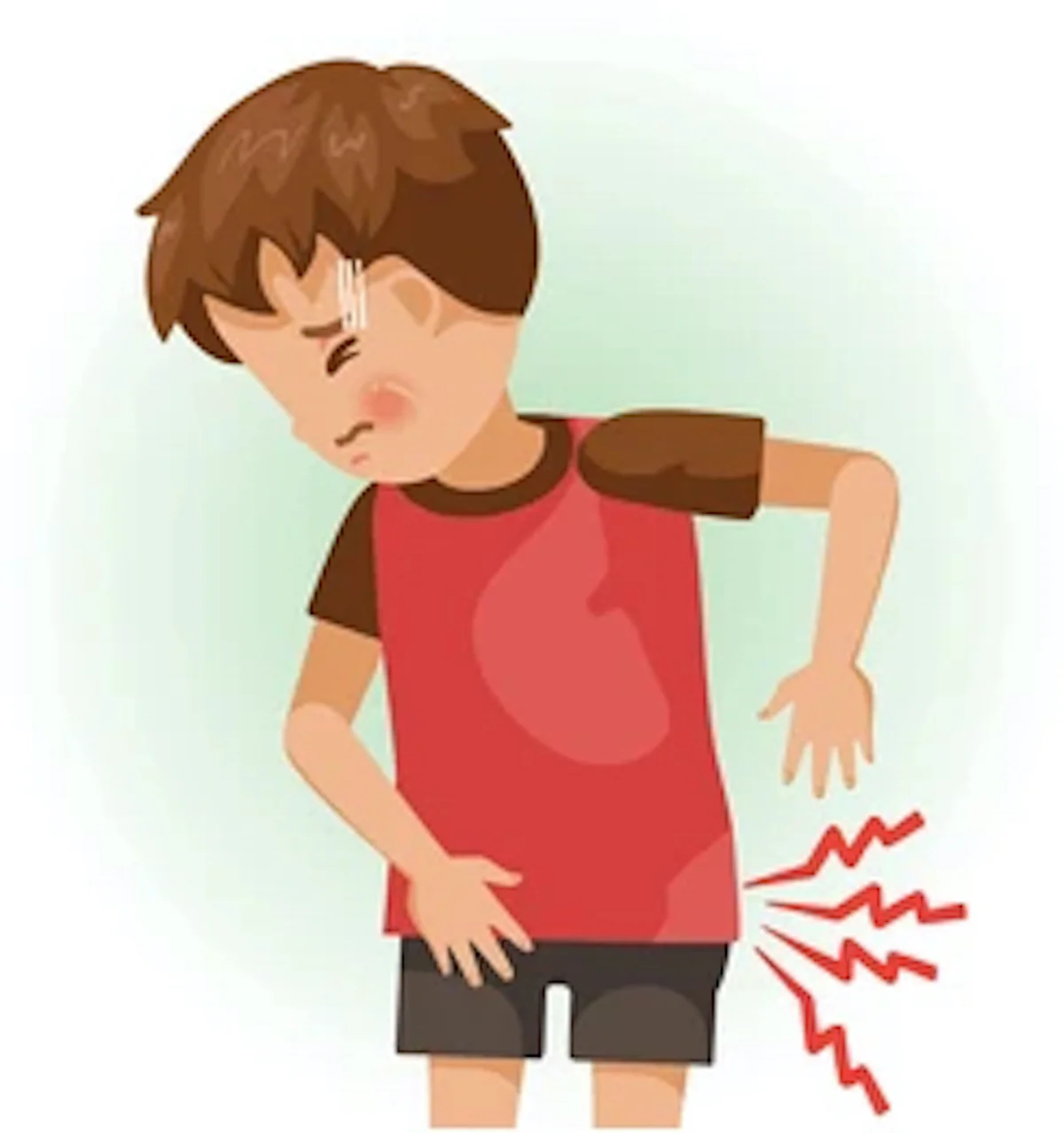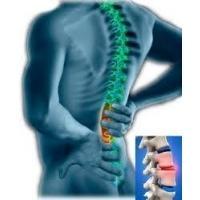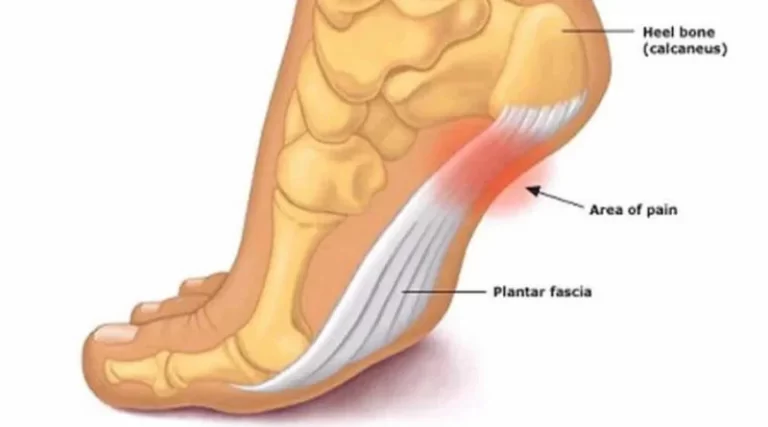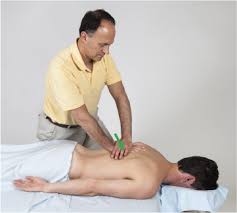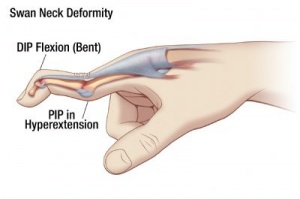Transient Synovitis
Table of Contents
What is transient synovitis?
- Transient synovitis is an inflammation in the hip joint that causes pain, and limpness, and is often unable to bear weight. This happens in pre-pubescent children and is the most common cause of hip pain. It happens when a viral infection, such as an upper respiratory infection, moves to and settles in the hip joint.
- Transient means lasting for only a little time. This condition is temporary and in usual cases clears itself in seven to ten days. Because the condition can be alarming, you should look for a doctor if you witness the signs and symptoms of transient synovitis in your child.
What causes transient synovitis?
- The cause of transient synovitis is unfamiliar. Experts are confused as to why the synovial membrane that surrounds the hip becomes inflamed.
Who gets transient synovitis?
- Transient synovitis is most usual in children 2-8 years of age. Boys are affected two to four times as sometimes as girls. It most commonly happens in children following a viral infection such as an upper respiratory virus.
What are the signs & symptoms of transient synovitis?
- Limp,
- Refusal to bear weight,
- Hip, groin, and/or thigh pain,
- Low-grade fever,
- Previous viral infection.
What tests are used to diagnose transient synovitis?
- Transient synovitis is a diagnosis of exclusion, meaning the diagnosis is made once other more harmful causes of acute hip pain are ruled out. The following tests will be done to rule out other more harmful causes of hip pain.
- Physical exam
- X-rays
- Blood work (CBC, CRP, ESR)
- Ultrasound of the hip to see for fluid collection
- MRI.
What can you expect from these tests?
- Tests are done to affect whether the hip is irritated and inflamed or infected. All of our X-rays are done during your clinic visit with your provider (doctor). Ultrasound is discovered in radiology and can be done prior to the visit with your doctor. If your doctor orders blood work for your child, it can be completed at the outpatient lab on the important level of the hospital. If these tests are needed, it may take a day or two to acquire everything completed for your doctor to make a diagnosis.
How is transient synovitis treated?
- Transient synovitis is a temporary condition that will clear itself in 7 to 10 days. In the meantime, it is important for your child to rest his hip and take anti-inflammatory medications such as ibuprofen or naproxen as prescribed by your doctor.
Physiotherapy treatment in Transient synovitis
- The important purpose of treatment for transient synovitis of the hip in kids is to reduce the ache and keep the hip range of movement. Later evaluating your kid, your Physical Therapist may select to use ice on the hip if it is in the acute stage of ache or may apply heat at a later stage to reduce inflammation and assist with ache management.
- Next, certain gentle activities may be defined by your Physical Therapist to confirm that the hip maintains its range of movement and to assist in the healing method. These activities should not cause aches. Many kids will feel most released if they maintain the leg turned out during rest so they should be permitted to do this. Any secure position will assist the healing method. Your Physical Therapist will reply to any queries you have on the dos and does not regard activity and positioning while the hip is recovering.
- Aching weight bearing on the injured leg should be avoided to decrease aches and permit healing. Some persons may need crutches to avoid aching weight bearing. The therapist will evaluate whether crutches should be utilized to ambulate your kid and, if required, can adjust and fit the crutches. Normally, if the kid cannot walk somewhat commonly due to aches, then your Physical Therapist will recommend that crutches be defined.
- Finally, a therapist can inform you about a return to an exercise program; strong physical exercises such as jumping, running, and participating in sports exercises should be kept away during the acute stage and will be connected back as tolerated on the advice of your Physical Therapist.
Why select Children’s Colorado for your child’s transient synovitis?
- By working together as a team, we are able to create a comprehensive approach to both patient diagnosis and individualized treatment plans. Specialists from our Hip Program offer a broad spectrum of treatment options for our patients and extend to involve experts in the fields of rehabilitation, physical therapy, rheumatology, anesthesiology, and pain.
- With an only focus on hip disease in young patients, our Hip Program is nationally recognized for excellence in hip surgeries. Also, our doctors educate healthcare providers (doctors) around the nation on hip diseases and surgery. Our goal is to give our patients with options for pain control, function improvement, and preservation of the hip joint.
Prognosis
- In total, Transient synovitis of the hip reoccurs in up to 20% to 25% of persons. The person should be educated about the increased risk of repetition in the setting of a before-confirmed diagnosis of Transient synovitis. One study noted the following repetition rates in persons with a before-confirmed diagnosis of Transient synovitis 69%, 13%, and 18% at one-, two-year, and long-term follow-up, respectively.
FAQs
Transient synovitis (irritable hip) is the most usual cause of limping in children. It is generally a mild condition that will get better on its own with rest, commonly within two weeks.
Toxic synovitis commonly goes away within a week or two, yet sometimes can last for 4 to 5 weeks. While most kids have no long-term effects from it, certain can develop toxic synovitis multiple times during childhood. If your child has a history of toxic synovitis, permit your doctor to know.
Treatment for synovitis commonly consists of rest and anti-inflammatory medications. Medications may involve oral drugs known as DMARDs (disease-modifying antirheumatic drugs) and, in some cases, steroid injections.
Transient synovitis is an inflammation in the hip joint that causes pain, limp, ness, and often refusal to bear weight. This occurs in pre-pubescent children and is the most usual cause of hip pain. It happens when a viral infection, such as an upper respiratory infection, moves to and settles in the hip joint.
Synovitis can go away on its own, yet if the symptoms linger, treatment may be necessary. Treatment for synovitis turns on the underlying cause. In most cases, treatments are geared to reduce inflammation, lessen swelling, and manage pain.
In preschoolers, the most usual cause of limping is a viral infection. This is known as ‘irritable hip’. More serious causes of limping might involve a fracture, cerebral palsy, developmental dysplasia of the hip, a bone or joint infection, or arthritis. Bone tumors can also cause a limp, yet these tumors are rare.
Rest at home is the most important way to assist your child’s hip to get better. Your child may require to take a nonsteroidal anti-inflammatory medicine, such as ibuprofen (brand names: Advil, Motrin), to decrease the swelling and inflammation around the hip joint.

